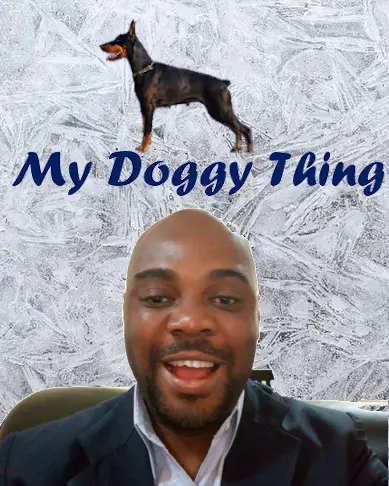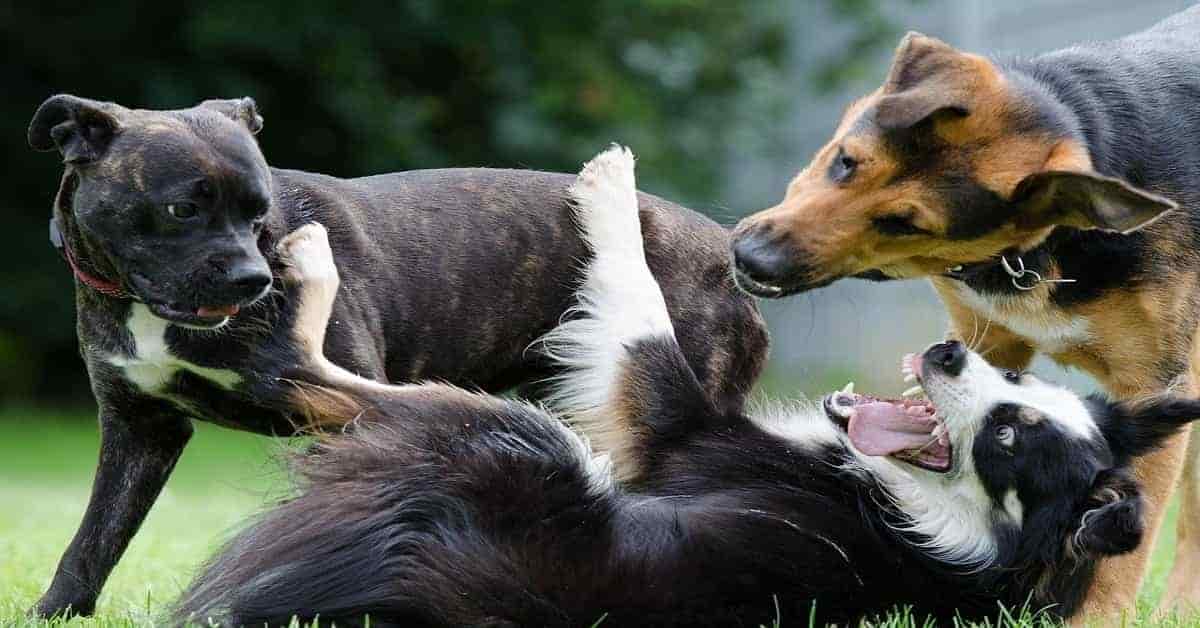We know that our dogs are social creatures, this means that when dogs get together, they must have ways of relating to each other without conflict. It is obvious that your dog doesn’t talk to other dogs in our language. They must have their own way of understanding each other.
You see dogs in the olden days survived by banding together, they hunted, fed, defended their territory, and led a communal life together. If you have ever lived a communal life, you will know how easy it is to get into a conflict even for the most immaterial things, but dogs then found a way to overcome this problem. My theory is that they did this because their very survival depended on it.
So dogs do not only communicate well with each other, they understand themselves perfectly. They have ways of identifying each other, resolving conflicts, and even reducing tension when it builds up. Truth is, when you get to understand how your dog communicates, it makes it easier for you to handle them.
HOW DO DOGS COMMUNICATE WITH DOGS?
Can dogs talk to each other without barking? Yes, If you have ever observed dogs meeting each other for the first time, there is this kind of dance that they do, they circle each other and sniff out areas which we as humans would not do with each other. What you are witnessing even though strange is a gentleman or lady-like interaction between the two.
It is the equivalent of you shaking a man or woman’s hand and saying hello my name is(insert your name here). What is your name?
To explain more, while we are heavily dependent on our senses of sight, touch, and voice to communicate, our dogs are heavily dependent on their sense of smell, taste, and sight for communication. Of all these senses of smell, the one our dogs use mostly is the sense of smell.
Within a dog’s nasal cavity, they have an organ called the Jacobson’s organ. This organ allows our dogs to analyze the sense of smell on a level we cannot fathom, they are able to determine the sex, age, health status, places the dog has been to, and more just by sniffing on the dog.
Our dogs love smells that are strong in their natural scent and the places heavy with these kinds of smell are the genitals and anus of the dog, hence their preferred areas to sniff on and get proper information on their new friend.
After getting to know each other, the next level of communication is through body signals. Our dogs can communicate in many ways just by the way they position their tail, move their heads, position their ears, etc.
For example, a dog moving their ear forward means he or she is interested in what is in front of him. A stiff tale may mean the dog is alert to something, lowered head, averting eye gazes, signs of submission, clenched teeth, tucked-in tails, and more.
We would go into more details of the meanings of each of these expressions later but for now, you need to understand that body signals are one of the ways our dogs communicate.
Barking is another way in which our dogs communicate with each other. While communicating with barking, the intensity and tone are important. You have to take into consideration how they are barking, which dog they are barking at, the time they are barking at the dog, the activity they were involved in. All these combine to make this communication path meaningful to our dogs.
Dogs can also communicate by howling, grunting, and yapping at each other.
As with all communication, there must be at least two parties involved. The same here with dogs, you will notice one dog initiating the communication by their normal greeting using their sense of smell, then there is this reciprocal use of body signals and movements to keep the communication ongoing.
A friendly communication would look like a give and take meeting with the dogs taking turns to express each other, with them smelling and sometimes licking each other, this gives way to various body signals from the dogs and then a bark here and there usually when play has been initiated between them.
Communication that is confrontational would be violent, with the dogs looking as if there is a face-off, unlike in playful confrontation where the dogs pin themselves and allow the other to get up. Confrontations that are violent would have a dog pinning another dog and holding them down, this could be by biting them or using their full weight to hold the dog down depending on their size.
If you notice an interaction where one dog is doing the sniffing and moving about and barking with the other dog being in a submissive position, you are likely witnessing a dog bullying another dog. This is not a good thing and if it is in your power get the dogs separated.
DOG COMMUNICATION SIGNALS.
Let’s go into some specific details about the meanings of our dog actions and what they are communicating.
Eye signals.
Dog blinking eye means they feel the situation is tense and are trying to defuse it.
Dog avoiding eye contact is a sign of submission and sometimes used as a calming signal.
A dog making direct eye contact is a dog showing dominance, a warning of an impending attack or threat.
Ear signals.
Ear flickering forward and backward is a sign of indecision, it can also be fear.
Ear standing erect shows the dog is alert or paying close attention to something
Ears flat on the head with teeth bared is a sign that the dog is anxious.
Body Signals
Lowered body posture while looking up indicates submission.
Hair standing on the back indicates uncertainty, fear, and possible aggression.
Upright posture with stiff legs shows the dog is in a dominant position.
Dog sitting, when approached by another dog, indicates acceptance, not submissiveness.
Dog rolling on back and closes eyes is a strong sign of submission.
Dog rolling on back and rubbing shoulder on the floor is a sign of being content.
Tail Signals
Tail held high indicates that the dog is confident and is currently open to being approached by other dogs and even humans
Tail held backward but not stiff indicates your dog is concentrating or attentive to something.
Tail held backward and in a stiff stance shows readiness for a challenge, if threatened in this position, the dog can get aggressive.
Tail lowered and swishing around shows a relaxed dog, free of worry at the moment.
Tail tucked into hindlegs is a sign of timidity and in some cases fear.
Tail wagging very fast indicates that your dog is very excited at the moment.
Slight tail waging means your dog is greeting, it may be you or another dog
Broadtail wagging with hips moving from side to side shows the dog is happy and greeting you at the same time
Fast tail wagging means your dog is very excited.
Barking
Rapid barking continuously, your dog’s way of raising an alarm call for you.
Backing and pausing, your dog senses a threat but not too sure what it is.
One or two short bark, usually a greeting bark.
A single short bark, usually means your dog was startled or surprised.
Howling Signals
A yip howl is used when the dog is lonely and wants some companion
A normal howl is a dogs way of saying I am in my territory
A baying howl is used to call pack members, it is also used in tracking them
A bark howl is used to indicate that the dog is in isolation and needs company, normally, this type of bark is done in twos or threes.
Growling Signals
low pitch growl coming from the chest is a warning threat
A soft growl means stay away from me
A Noisy growl with teeth hidden is expressed when the dog is intensely concentrating on something.
Whining, yelping, and whimpering
Soft whining and whimpering show that the dog is hurt or scared of something.
A single yelp or a loud high-pitched bark is an involuntary response to sudden pain.
Continuous yelping shows the dog is in pain or extremely afraid of something.
Get more in-depth information on dog communication by clicking here
IN CONCLUSION
Dog communication is more in-depth than what we have addressed above, but what we have stated would put you on the right path to understanding why our dogs do what they do. This will help you bond better with your dog and have a relationship that will be the envy of people around you.

Hi, I am Charles Nwankwo Editor-in-Chief, Mydoggything.com. Gleaning from Professional Dog Trainers, behaviorist, Registered Veterinarians, and Breeders. We are passionate about making dog care easy for you. My job is to make sure that you get the best-updated dog care information to understand and take care of your dog or dogs.
